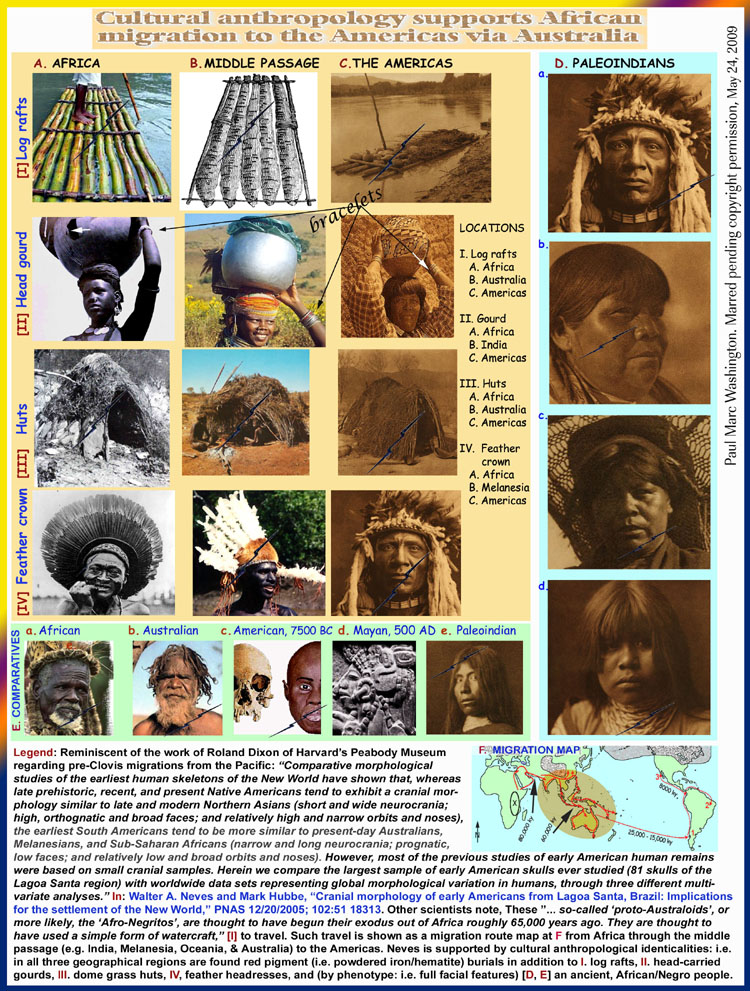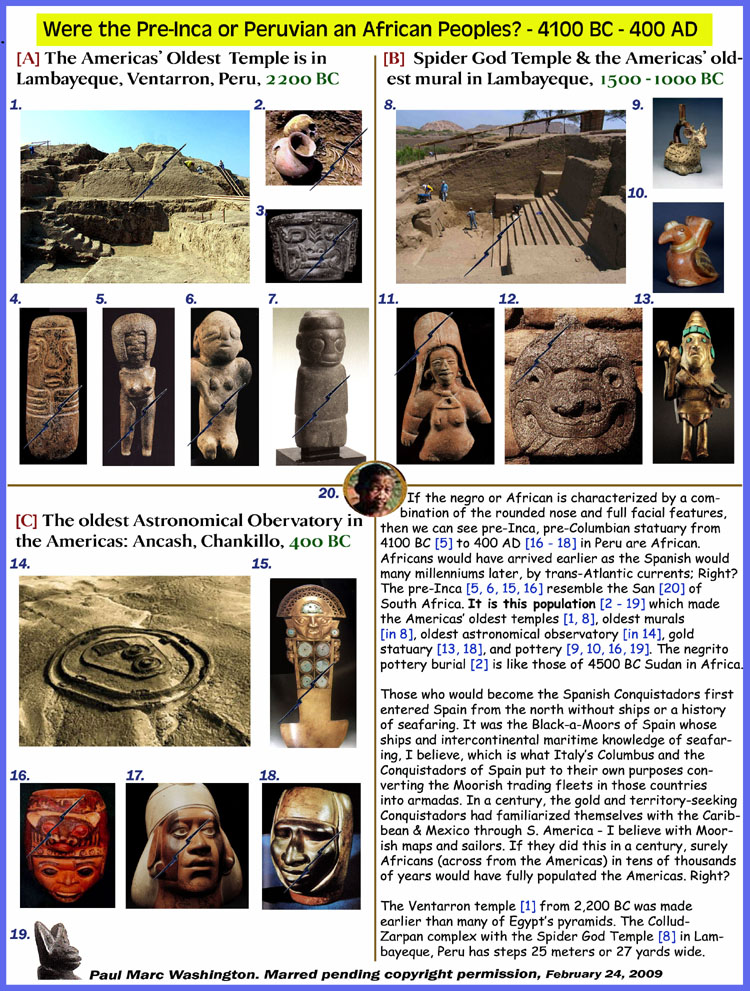Back before the wars down there, We used to love to cruise the Sea of Cortez looking for big game fish and cruise the Baja looking for cave paintings. I met a guy by the name of Harry Crosby in a bar in Loreto, and he showed me caves around Mulege and Loreto. He was an expert and all I did was help him haul his gear... including swim it across rivers. Years later I ran across him and his current archeology class in the bar at the Hacienda Viejo Hotel in Mulege. I know... the bar theme again. It's The Baja! You had to be there. He later wrote some great books on the subject. But I had specific questions about the pre-Columbian art... did it show sail technology? Nope. Lots of watercraft, but no sails. I still find that surprising.
But he knew of The Pericú. He said their art was different from the typical NA Amerindian art, and related more to Polynesian art.
As for early gold mining, I have only heard of it this area as done by Indian slaves for the Jesuits, all obviously post Columbian.
http://www.absoluteastronomy.com/topics ... Aborigines
The Pericúes
Anthropologist Rolando González-José of the University of BarcelonaUniversity of BarcelonaThe University of Barcelona is a public university located in the city of Barcelona, Catalonia in Spain. It is a member of the Coimbra Group and Joan Lluís Vives Institute.- History :...
demonstrated that the remains of the Pericúes. The Pericú were the aboriginal inhabitants of the Cape Region, the southernmost portion of Baja California Sur, Mexico..., a tribe that lived in Baja California Sur. Baja California Sur is one of the 31 states of Mexico. Before becoming a state in 1974, the area was known as the South Territory of Baja California. It has an area of 3.57% of the land mass of Mexico and comprises the southern half of the Baja California peninsula, south of the 28th parallel... until the 18th century, were morphologically more similar to the Lagoa Santa finds than to any other group tested, and both were closer to the Australian Aborigines and Melanesians than to Siberians. The explanation they give is that "Climatic changes during the Middle Holocene probably generated the conditions for isolation from the continent, restricting the gene flow of the original group with northern populations, which resulted in the temporal continuity of the Palaeoamerican morphological pattern to the present." DNA testing has shown that "the group had just the normal haplogroups found in the modern Native American Indians suggesting the possibility of processes of in situ differentiation for this extinct group.


